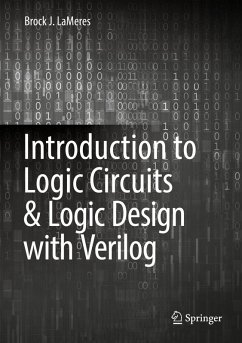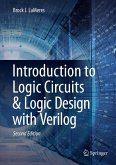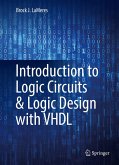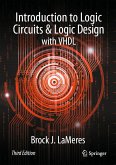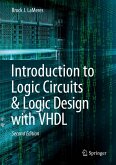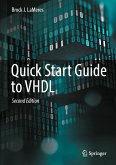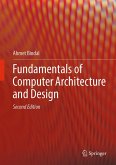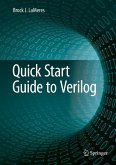This textbook for courses in Digital Systems Design introduces students to the fundamental hardware used in modern computers. Coverage includes both the classical approach to digital system design (i.e., pen and paper) in addition to the modern hardware description language (HDL) design approach (computer-based). Using this textbook enables readers to design digital systems using the modern HDL approach, but they have a broad foundation of knowledge of the underlying hardware and theory of their designs. This book is designed to match the way the material is actually taught in the classroom. Topics are presented in a manner which builds foundational knowledge before moving onto advanced topics. The author has designed the presentation with learning Goals and assessment at its core. Each section addresses a specific learning outcome that the student should be able to "do" after its completion. The concept checks and exercise problems provide a rich set of assessment tools to measurestudent performance on each outcome.
- · Written the way the material is taught, enabling a bottom-up approach to learning which culminates with a high-level of learning, with a solid foundation;
- · Emphasizes examples from which students can learn: contains a solved example for nearly every section in the book;
- · Includes more than 600 exercise problems, as well as concept check questions for each section, tied directly to specific learning outcomes.
Dieser Download kann aus rechtlichen Gründen nur mit Rechnungsadresse in A, B, BG, CY, CZ, D, DK, EW, E, FIN, F, GR, HR, H, IRL, I, LT, L, LR, M, NL, PL, P, R, S, SLO, SK ausgeliefert werden.
"This book presents the logical components, step by step, to develop a complete computer system. Thus, it presents a comprehensive view of a computer system that can be developed from logical circuits; combinational and sequential circuits are not explored in detail. The book is suitable for undergraduates; students will learn both the logic and experimental aspects of a computer component using Verilog." (J. Arul, Computing Reviews, July, 2018)

